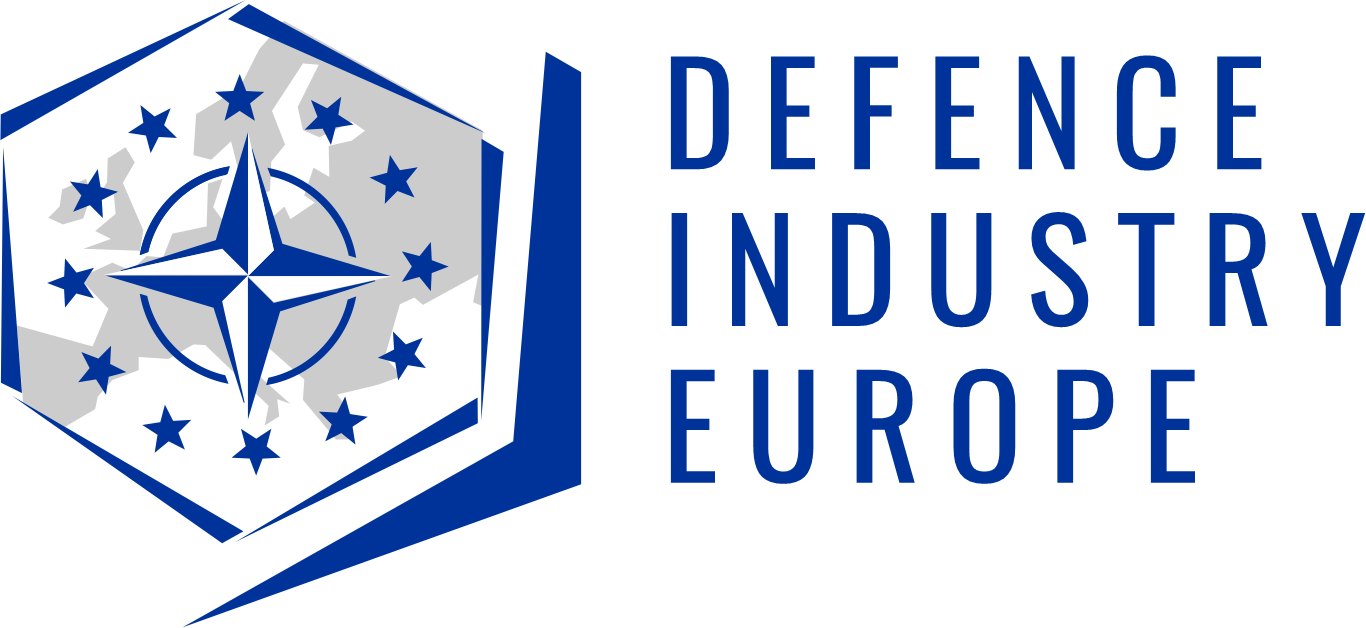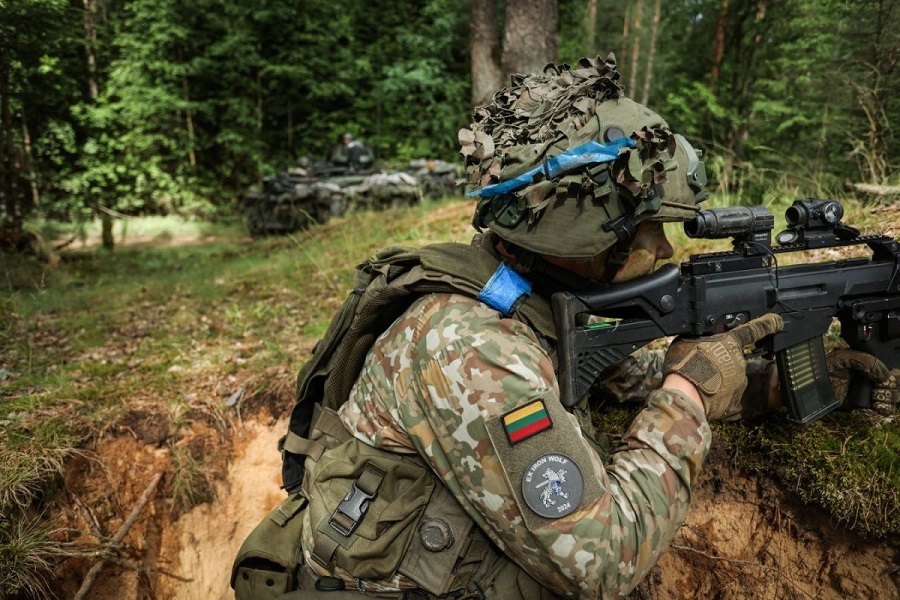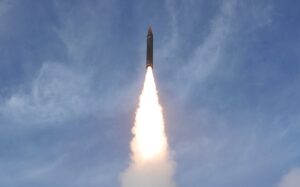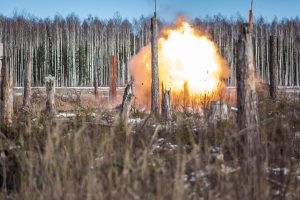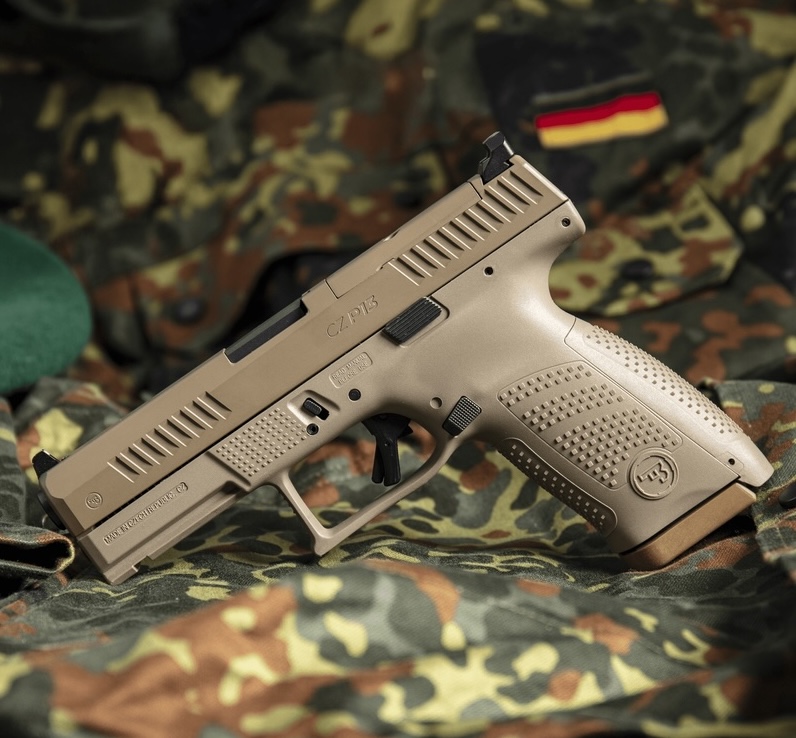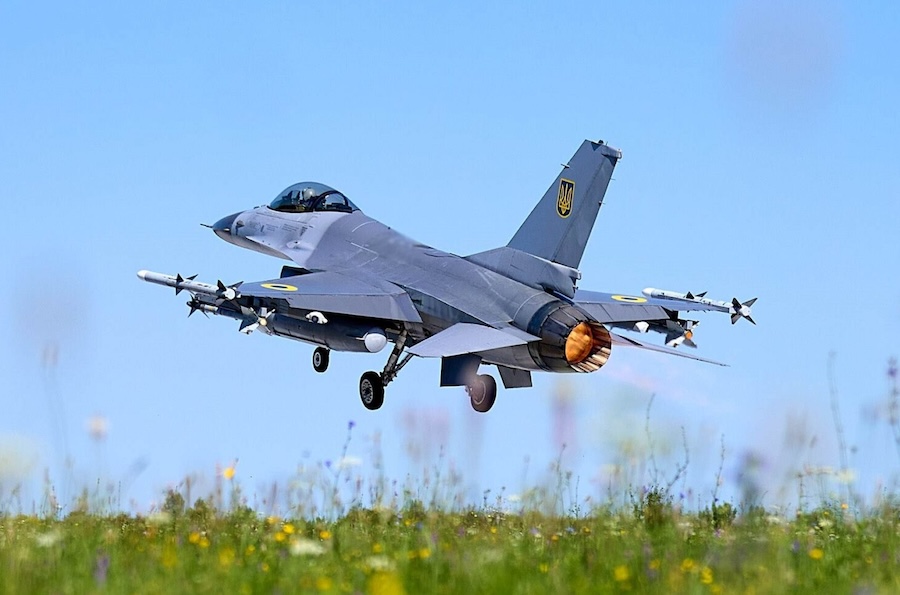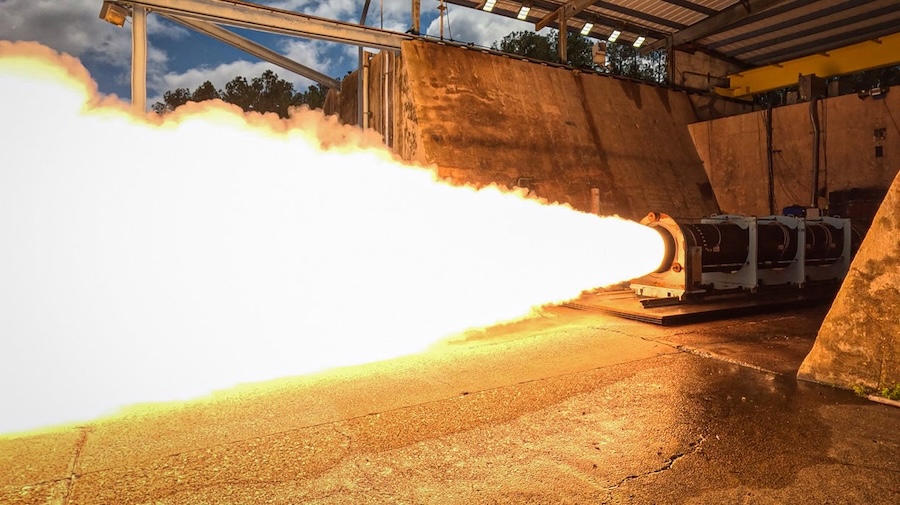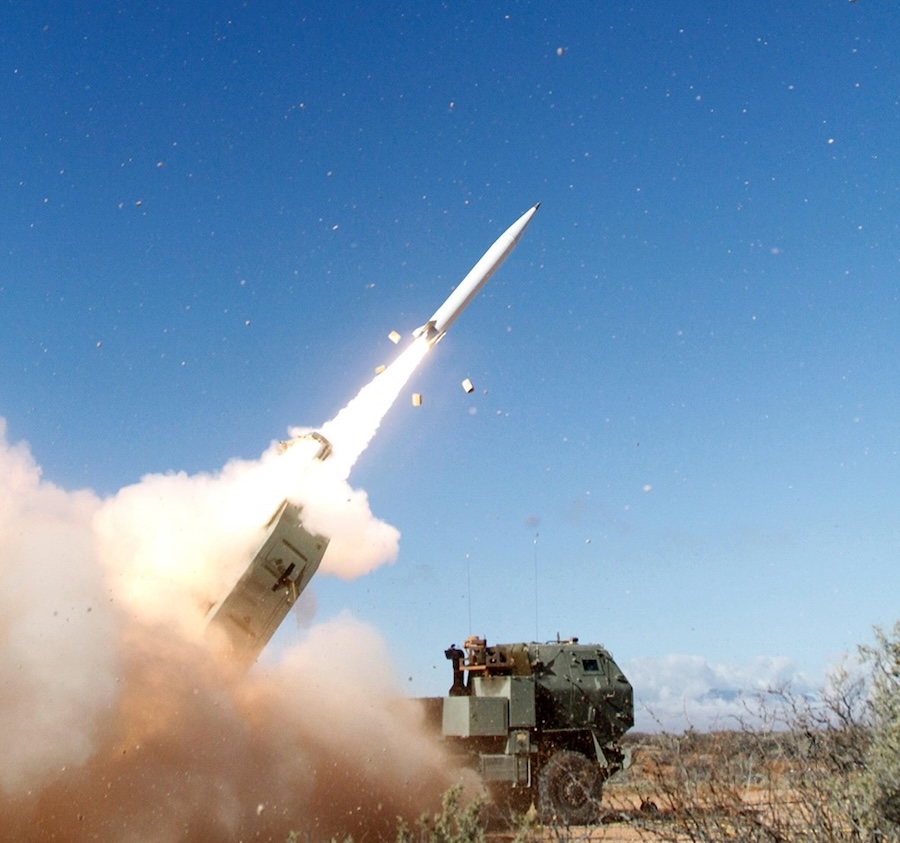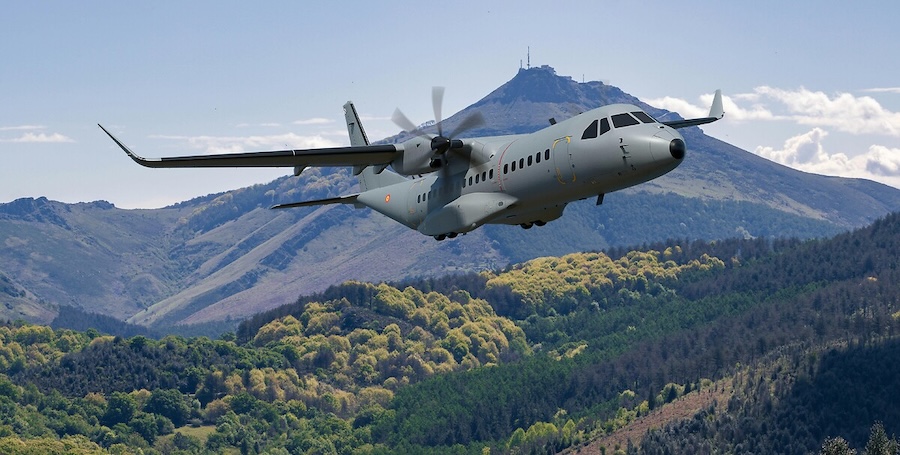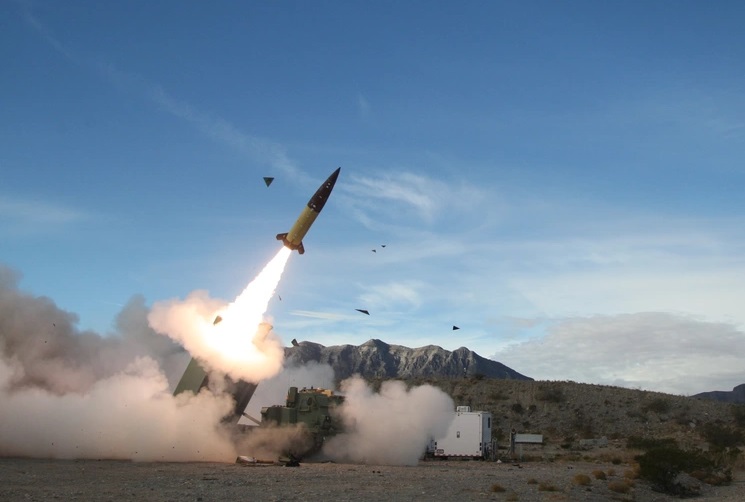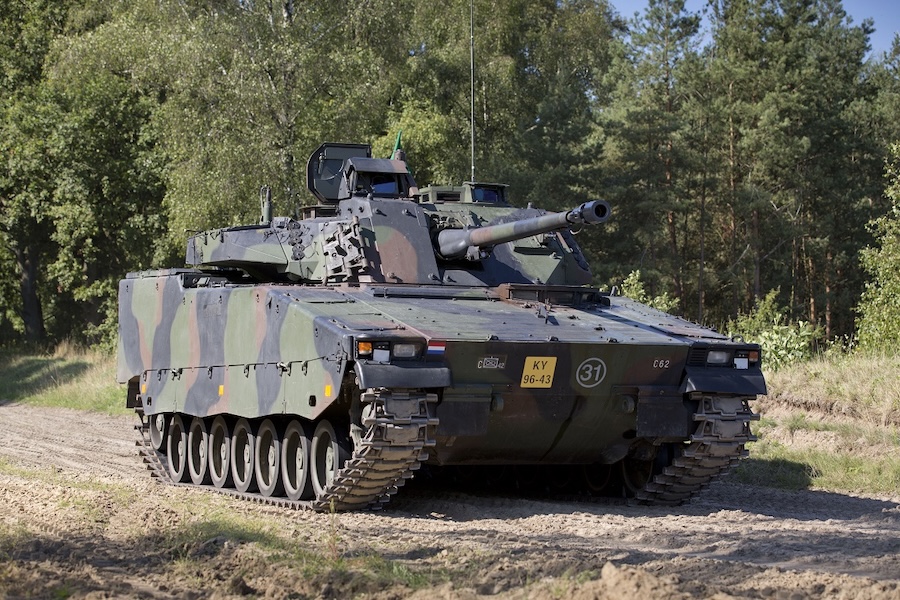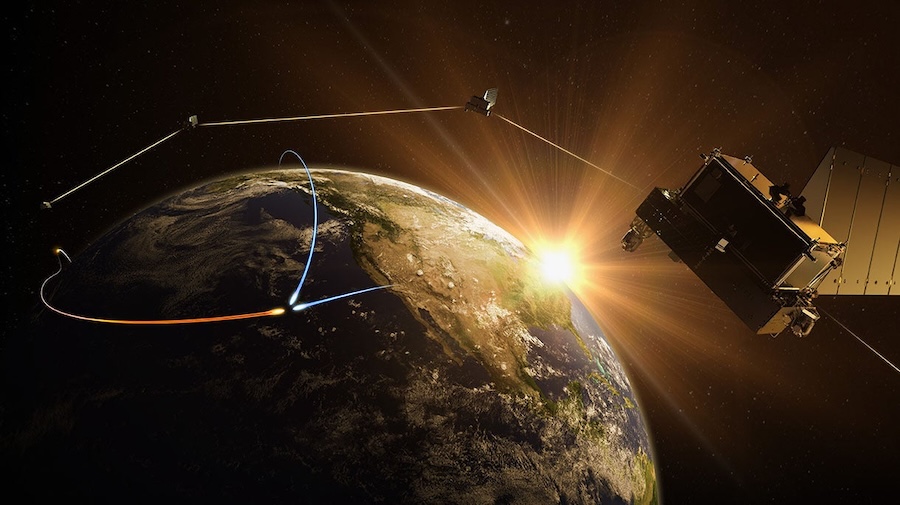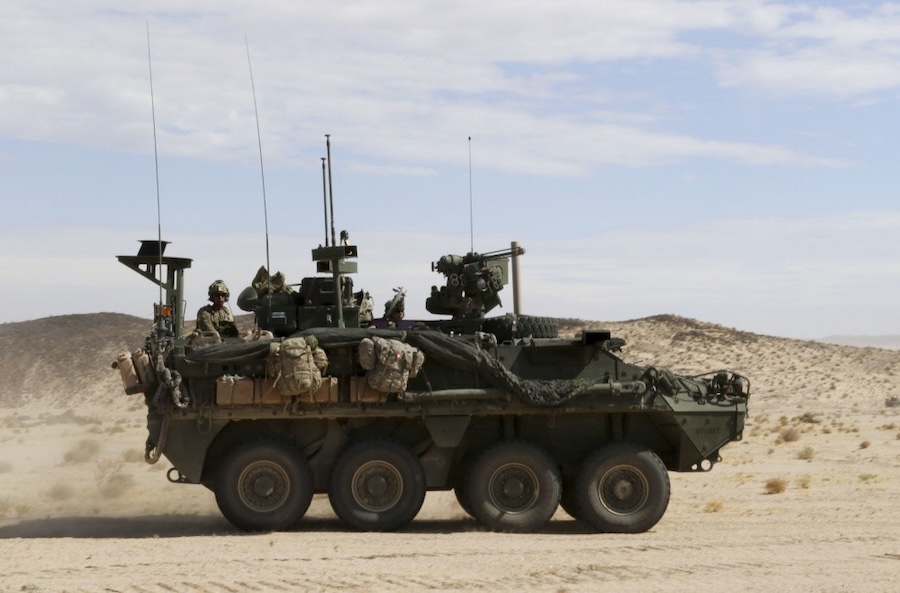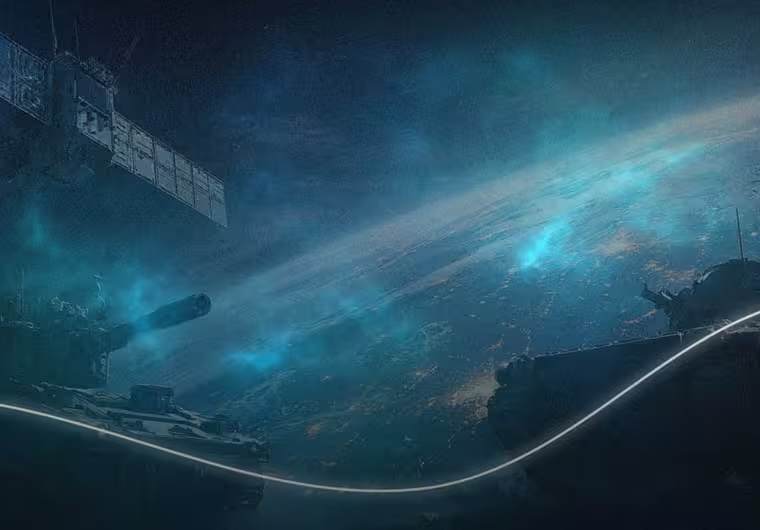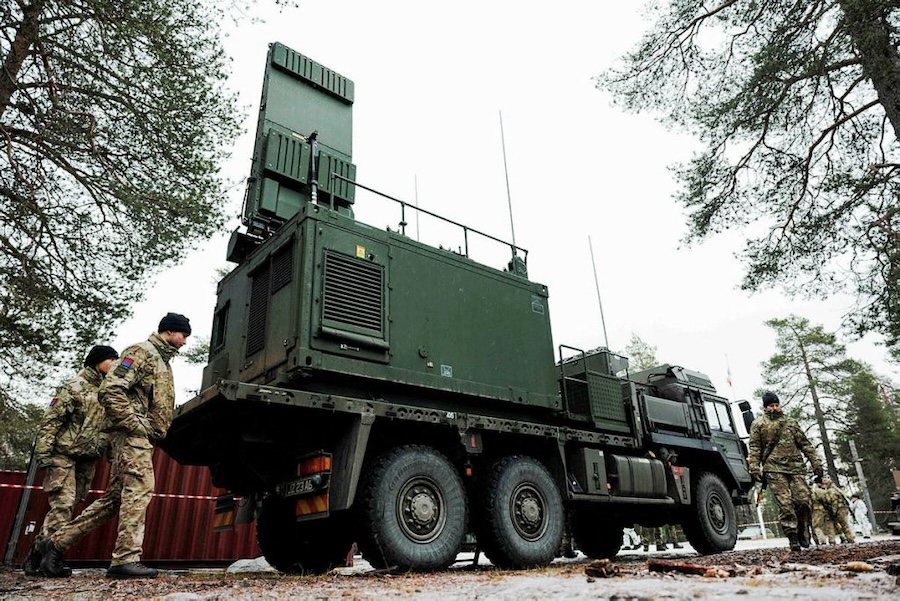According to the plans, the first echelon, five kilometres deep, will include an anti-tank ditch behind the border fence, followed by ‘Dragon’s Teeth’ anti-tank obstacles, minefields, fortified strongholds with trenches and secondary trench positions. The second echelon, extending to 20 kilometres from the border, will feature drainage ditches, engineering equipment parks, bridges prepared for demolition, blocked bridgeheads and fortified strongpoints with trenches.

The third echelon will reach 50 kilometres beyond the Russian border and include roadside trees prepared for felling, further bridges set for demolition, blocked bridgeheads and more engineering equipment parks. Lithuania said the defences are intended to delay any potential Russian armoured advance, slowing columns and forcing them into channels where they can be more easily targeted.
The Ministry of National Defence also announced on 6 August 2025 that EUR 30 million will be allocated until 2030 for Reception, Staging and Onward Movement (RSOM) infrastructure at Kazlų Rūda to support NATO troops. On 1 August 2025 it further committed EUR 1.1 billion over the next decade to strengthen its “counter-mobility arsenal”, including mines and other defensive systems, in co-ordination with the other Baltic states and Poland.
Polish Vice Minister of National Defence Cezary Tomczyk said: “We want to demonstrate that the East Shield and the Baltic Defence Line are actually one project to all of us. The Polish and Lithuanian borders are not just our but also [the] EU and NATO border. The whole EU needs to recognise that and commit investment from EU programmes.”
Lithuania has also modernised its arsenal with a December 2024 order for 44 Leopard 2A8 main battle tanks, equipped with the Rafael Trophy active protection system. It has additionally acquired Rafael Spike anti-tank missiles, which are being integrated into its Vilkas infantry fighting vehicles, the Lithuanian variant of the Boxer.
The defensive line is being co-ordinated with Estonia and Latvia to ensure a continuous Baltic front against any potential Russian aggression. For Lithuania, this includes defending its border with the Russian exclave of Kaliningrad.
While the measures are not expected to halt an invasion outright, Baltic leaders believe they are essential to strengthening NATO’s eastern flank. Their view is shaped by the fear that, should Russian President Vladimir Putin’s war in Ukraine prevail, the Baltic nations – occupied by the Soviet Union from the Second World War until 1991 – would be the next targets.

